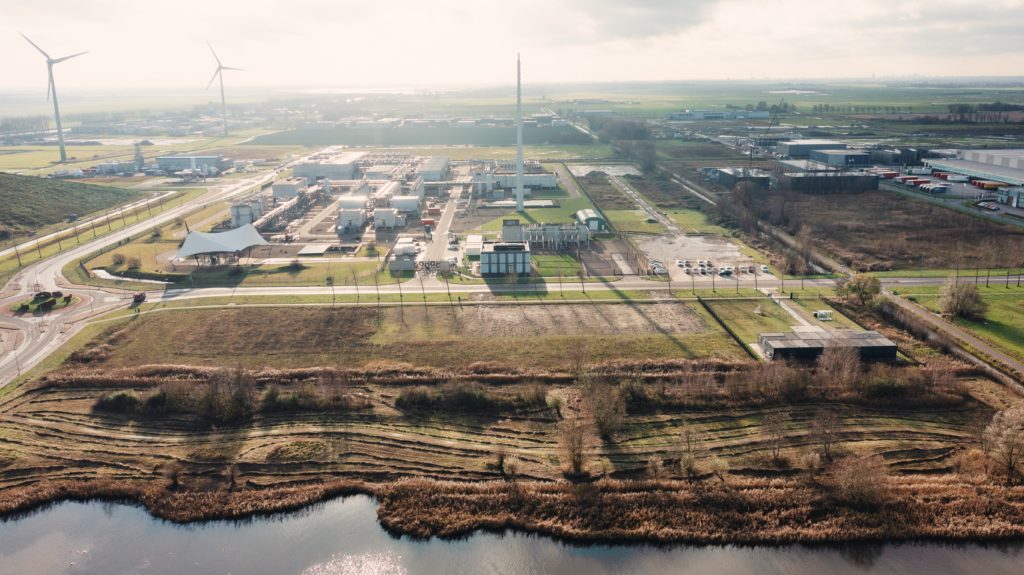Hydrogen can be stored (long-term) underground at sea and thus provide the necessary flexibility to match supply and demand at any time. That is the main finding of a study by Energie Beheer Nederland (EBN) and TNO, commissioned by the Ministry of Economic Affairs and Climate. For the realization of the storage, a number of preconditions must be met and further research is required.
The study presented to the House of Representatives in July is an important first step in researching underground hydrogen storage in the Dutch part of the North Sea. In an earlier study, TNO and EBN predict that between 2030 and 2050, when large-scale production and import of hydrogen has started, the storage capacity of up to 4 salt caverns on land, which is currently expected around 2030, will no longer be sufficient.
By 2050, the need for hydrogen storage could increase to 10-65 salt caverns and 0-5 gas fields, depending on various scenarios.
The Dutch North Sea is home to many gas fields that may be suitable for hydrogen storage. Most of these gas fields have already been developed and connected to a platform and natural gas infrastructure. Underground hydrogen storage can serve various purposes, similar to natural gas storage: short-cycle storage (frequent injection and production over short periods of smaller quantities), seasonal storage (annual cycle of injection and production in periods of weeks to months of large volumes) and strategic storage (static storage of large quantities of hydrogen, production only in case of calamities).
TNO and EBN advise to include underground hydrogen storage at sea as a technically feasible option in the development of the future energy main infrastructure and the spatial planning of activities in the North Sea. They also advise to investigate the possibilities and preconditions for developing a first pilot project for hydrogen storage in a gas field at sea. Climate Minister Rob Jetten writes in a letter to the House of Representatives that he finds this sensible and will adopt this idea.

In the realisation of underground hydrogen storage, the researchers identify various opportunities for possible synergy with other activities at sea. Consider the reuse of existing infrastructure such as offshore gas pipelines or CO2 storage facilities that are subsequently used for the storage of hydrogen. Another idea is the use of CO2 as a cushion gas. Combining natural gas extraction and hydrogen storage in yet to be developed gas fields at sea, whereby the new natural gas fields are subsequently used for hydrogen storage, could also yield synergy. Finally, future energy islands could provide space for the construction of underground hydrogen storage facilities in combination with hydrogen production. Depending on the type of storage, the costs of facilities and infrastructure at sea are between one and a half and two and a half times higher than on land.
There do not seem to be any showstoppers for offshore hydrogen storage in advance, other than those that could also play a role in land-based construction. For the development of underground offshore hydrogen storage, significant development times of 10 to 15 years must be taken into account. This means that if the first storage is to be available shortly after 2030, follow-up steps must be taken in the short term.
Download the report below!